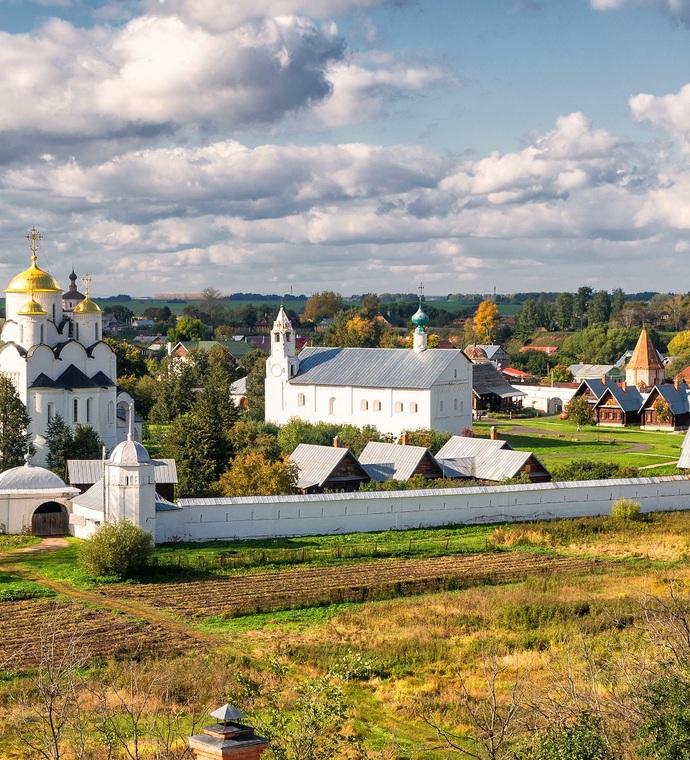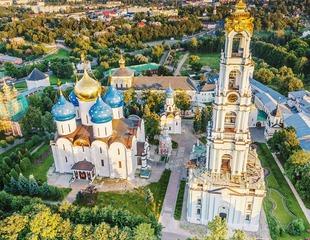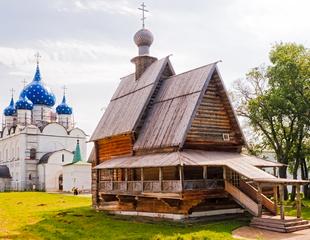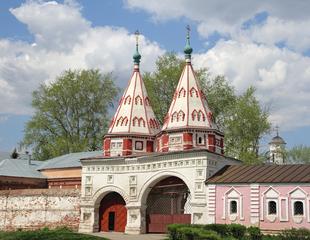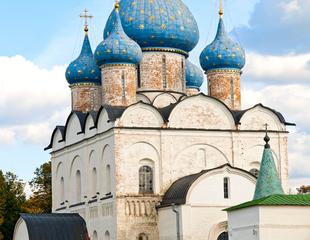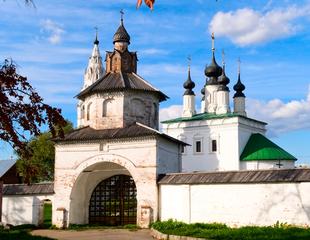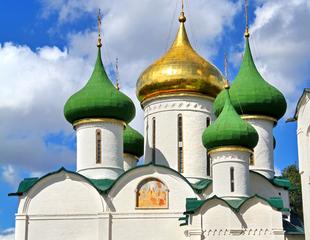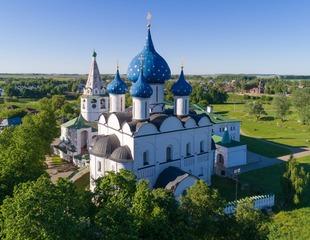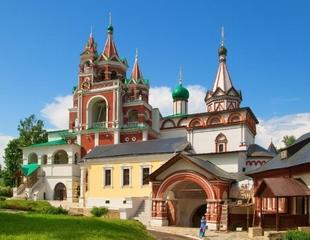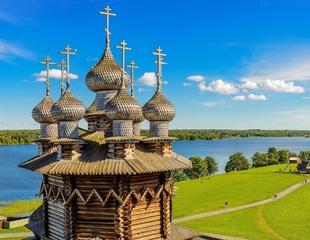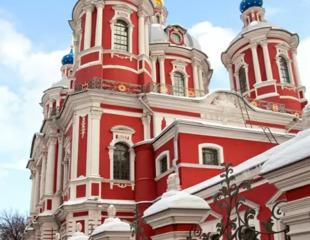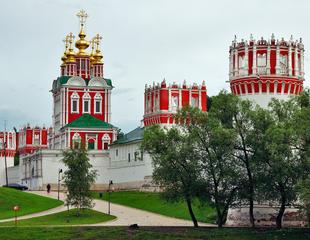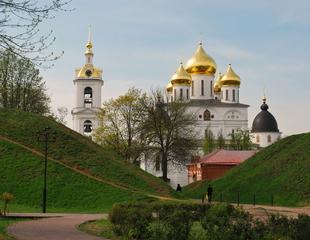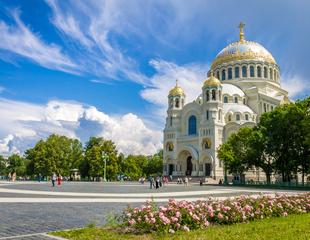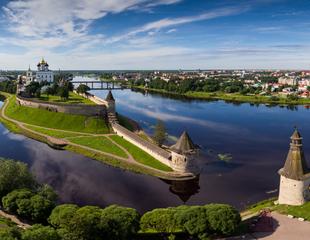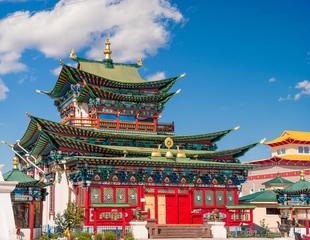The Pokrovsky Convent is situated on the right bank of the Kamenka River in the northern part of Suzdal. The convent was founded in 1364 by Prince Dmitry, but the current form of the ensemble was formed only in the XVI century when the convent became a place of imprisonment of taking the veil representatives of aristocratic families. In the XVI-XVII centuries, the convent was one of the largest monasteries in Russia.
The biggest rise of the monastery is connected with the name of Vasily III, who in the early XVI century donated a lot of money to the convent, used to build the St. Basil Cathedral and the Holy Gate, and, apparently, not surviving cells and fences.
One of the first female prisoners of the convent was charged with infertility wife of Vasily III Solomonia Saburova, taking the veil in 1525 under the name of aged nun Sofia. In 1923 the convent was closed and demolished.
In the 1960s, the convent buildings were restored, there were opened museum exhibits. In the 1980s, the convent housed the tourist and hotel complex with a restaurant and a bar. There was a concert hall in the cathedral. Since 1992, monastic life revived in the ancient convent.
The cells were rebuilt in the 1970s on the site of the dilapidated old buildings and, since then, have been used for hotel rooms of the Suzdal tourist complex.
The central monument of the ensemble is a three-headed St. Basil's Cathedral built in 1510-1518 on the site of an ancient wooden church by unknown masters. Inside, the white walls of the cathedral were not painted, and its floor was paved with black ceramic tiles. The main decorations of the interior were beautiful icons and works of sewing art, some of which can now be seen in the museum. Over many years, the cathedral was reconstructed several times, its original appearance was restored during the restoration in 1962. North-west of the cathedral, there is a hipped bell tower. The porch connecting the cathedral and the bell tower features fine decor: two arched openings decorated with rustication and a number of windows in the frame of Fine trims divided by rustic pilasters.
Another ancient monument is the Holy Gate with the Annunciation church built in 1515.
Restoration of 1958, made by A. Varganov, returned the monument to its original form. The first stone wall appeared in the XVI century, but it was later rebuilt and restored in the XX century by architect A. Varganov. The oldest part of the fence with detained decor steepled towers of the XVII century is located in the northern part of the monastery and forms a small enclosed courtyard. The octagonal towers of the XVIII century with hemispherical domes are more picturesque and perhaps originally also were steepled.

